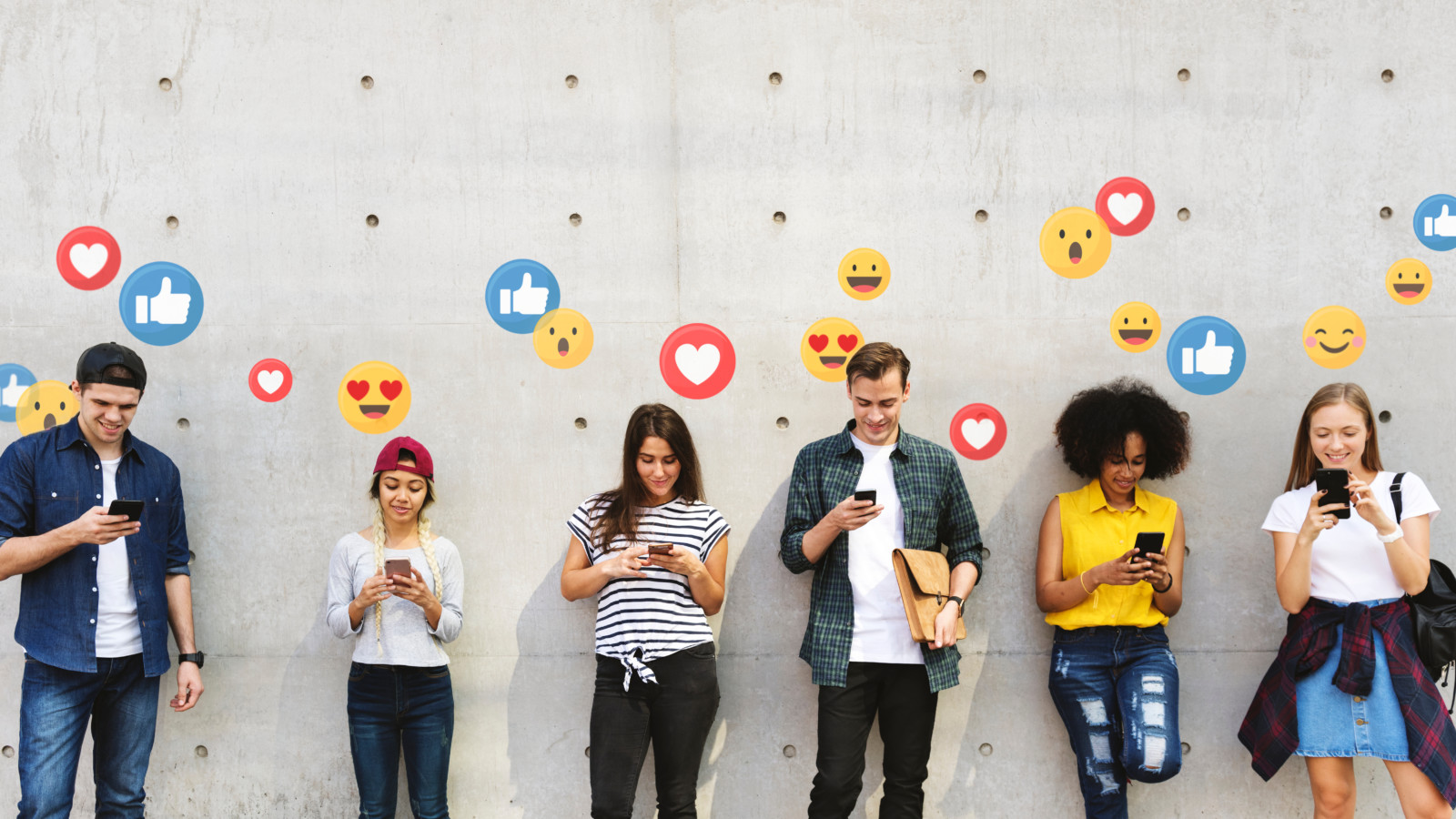We are all still processing the incredible scenes of pro-Trump insurrectionists, who organized through social media, storming the US Capitol.
As people culpable for the breach are rounded up across the country, another consequence was the removal of Donald Trump from most public social media platforms.
For many, President Trump reinforced the worst tendencies of social media; tribalism, antagonism, rancor, and “shitposting.” But while Trump’s power to dominate the conversation is unparalleled, the reality is he exploited the features, not the bugs, of those platforms. And it’s not just social media, technology as a whole has isolated and alienated us.
As well documented in the 2020 Netflix documentary The Social Dilemma, social media incentive structures push people towards disagreement and conspiracy theories, versus building relationships and communities. People post-inflammatory or untrue things and conspiracy theories, intentionally or not, and watch the retweets, shares, and likes rack up. It’s not good for society.
The evidence is everywhere. A 2020 American Journal of Preventive Medicine study found that teens who were more active on social media were “a three times higher depression risk.” And people have always been susceptible to conspiracy theories, but the sheer volume of social media posts means they can always find “evidence” to support whatever they choose to believe.
Even if a social post goes viral because someone said or did something regrettable. People who are now commenting on or sharing this Tweet likely know next-to-nothing about the person behind it. But they immediately will turn to antagonists because there is no trust between parties. This is due to many factors (anonymity, coming to know someone for the first time because of controversy, etc.).
In the days before the insurrection, a podcast host and musician posted what he thought was an amusing story about teaching his child to use a can opener. He was accused of child abuse, derisively called “bean dad,” and old questionable tweets of his were dug up. He was chased offline and his future looks dire. He is one of the hundreds of people with stories like this. Imagine if he just kept that story to himself.
Look at each of the main platforms, and none of them were built with society-enriching, positive purposes in mind. You may know that Facebook’s original purpose was to rate which of two random Harvard women was more attractive than the other. Twitter was founded as a digital way to replicate a two-way radio.
If these remained niche platforms with only hundreds of thousands of users, we might be in a different world. But they are now massive platforms capable of disinformation campaigns and now insurrections in the US. In short, social media is engineered to divide us. Its only purpose is to draw eyeballs and antagonize. The executives at these social networks have demonstrated time and again they don’t care what you do on their platforms as long as you spend your time there.
Three Ways to Fix Social Media
One of the major subjects of The Social Dilemma documentary, ex-Google ethical designer Tristan Harris was asked what solutions there were by podcast host Joe Rogan. After a long pause, Harris responded: “It’s hard, right? This is as complex a problem as climate change in the sense that you need to change the business model.”
Former employees at these large social networks struggle to identify solutions because there likely isn’t one. User behaviors are too baked in and they owe it to their shareholders to avoid changes that may benefit society but tank their share price.
Fixing social media is not a matter of repairing these massive social networks, but new platforms offering a different path, through various tenets.
- Prioritize and generate trust over asynchronous communications. Eliminate likes and other cues that make a “post” go viral regardless of intent.
- Only incentivize positive behaviors. One way to accomplish this is by creating a mechanism for a real connection between people such as a service exchange where you earn rewards for helping people.
- Reinforce the benefits of community. Existing social networks pretend they foster community, but people are not connecting, they’re talking past each other. Social networks that only “work” if connect, share, and help each other will eliminate any bad actors almost instantaneously.
When people help out other people, they feel a positive euphoria completely opposite of the emotions provoked by social media as it exists today. Knowing you have a supportive community that can only grow with the more you help others makes you believe you can accomplish anything. You start seeing how valuable you are to the world and to others and you want to help however you can.
A purpose-built social network also realizes that nothing replicates the power of meeting in person and rolling up sleeves to help your neighbor. While COVID has complicated this, we know people feel more isolated online. Until we can meet our friends again in person without fear, social networks must do their best to replicate what makes our communities special. I am not confident the largest social networks can or will do this, so it’s up to the rest of us to do what’s right.


